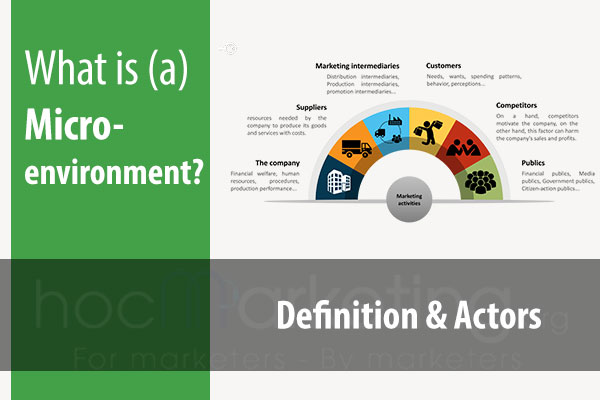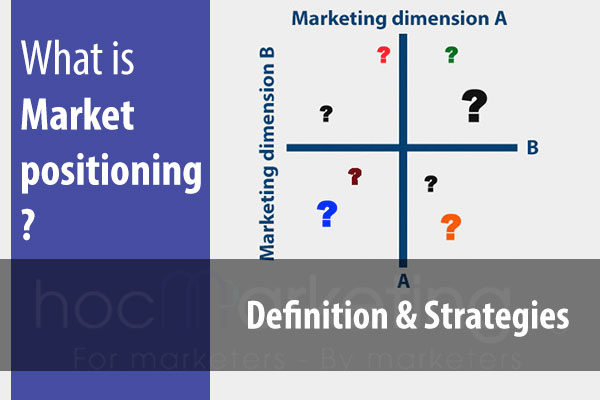
Advantages and Disadvantages of Trade marketing

Trade Marketing is a powerful alternative to traditional marketing methods. The article focuses on the advantages and disadvantages of Trade Marketing.
Trade Marketing is a powerful alternative to traditional marketing methods. The article focuses on the advantages and disadvantages of Trade Marketing.
Advantages of Trade marketing
One of the oldest forms of marketing is trade marketing. It's popular because it has a lot of benefits.
Too many products have been abandoned because they aren't getting traction. It's possible that emphasis will return to more conventional marketing methods in the future. But for now, I'll focus on trade marketing and why it will be a smart choice for your business.
1. Increase the market presence of your product
One of the first advantages of trade marketing is increased awareness for your product. When you use trade marketing to advertise, you sell your products to local shop owners, wholesalers, and retailers.
These businessmen have regular customers who don't shop online and never go to a big shopping center. These customers trust the retailer they've been buying things from since long.
Customers trust the suggestions of their trusted sellers more than they do advertisements on TV. That's why, by including trade marketing in your marketing plan, you're reaching a large segment of customers who would have no idea about your product if it weren't for the people they trust.
2. Competitive edge
Consider how you can use the trade marketing method to gain a competitive advantage over your competitors by paying the right margin and offering other benefits to the dealer. The dealer will then market your products over those of your competitors.
You can ask sellers to display your products at the front of their stores, so that they will come in the sight of consumers quickly. In addition to this, you can provide marketing material to sellers, which they can display in their stores and hand out flyers to consumers.
3. Secured future for your business
Trade Marketing is the best way to keep your business thriving in today's economy. By establishing a relationship with sellers who've been in business for decades, you ensure your company will be around for many more years.
4. Improved reachability
The trade marketing method is a great way to reach people in rural or faraway areas and help them buy products they see online. If you enter these markets, not only will you increase your customer base but you'll also improve the availability of your product.
5. Perfect for both small and big businesses
Trade marketing is an excellent marketing option for new businesses. While it's not the best option for companies that are already established and profitable, it can provide a lot of value for those in their initial years when they may not be making much profit.
If you're starting out with a new business, it can be tough to get into retail stores. Retailer companies have high sales targets and criteria for which products they'll sell, so a new company probably doesn't meet those criteria. Big businesses also already have recognition in the market and regular customers, so they don't need to take up space in retailers.
One excellent marketing method for expanding the reach of your product is called "trade marketing." This technique guarantees that your supply always meets the demand for your product.
6. Consistent profitability
Trade marketing ensures that your business is profitable over the long haul. It might not be a great fit for people who have a clear idea of who their end users are, but it's important for those who don't.
Retailers are always looking for new products to sell, so you can approach them and give them an offer they can't refuse.
7. Trade marketing is the best option for products which don’t require upgradation
If you sell products that will never require up-gradation in the future, then trade marketing is the best marketing strategy for you. You don't need to contact your customers directly because there won't be a need to.
It's easier than ever to find retailers and wholesalers that are selling your product or service. All you have to do is search online, or find an appropriate list of vendors in the Yellow Pages.
Disadvantages of trade marketing
Trade marketing may has some disadvantages that you should notice
1. Huge margin
When you sell your product to a retail company, they're usually happy if you offer them huge margins on the price. Retailers want to make a profit as well and will be eager to sell your products in their store.
Lowering your prices could help you reach more customers, but that also means cutting into your profit.
2. No direct contact with customers
You might get in touch with a few of your customers if you sell through trade marketing. This can be done without eye contact, and it means you won't hear their needs or demands.
As a retailer, you can't rely on your customers to tell you about their displeasure with the product. You'll have to do your own research or wait for them to give feedback.
3. Low return on investment compared to other marketing methods
Trade marketing is different from other forms of marketing because it focuses on individual retailers, not the population as a whole. With trade marketing, you have to make large price margins to sellers, which lowers your profit margin.
What is the best way to launch a new product?
Trade marketing is similar to other kinds of marketing, but requires a few extra steps. In this part of the article, you'll learn about what actions you should take before launching an effective trade marketing strategy.
1. Research the market
If you're interested in entering the trade marketing game, your first step is to research your potential market. This will help you get a feel for what consumers want and need so you know where to focus your efforts. Learn about the needs and demands of your target audience, and then make an informed decision.
It's important to understand who your direct competitors are, and what their products are. You should take into account these details as you plan your strategy. Remember that the market price of your product will be determined by the competition.
After conducting market research, you'll know about the different business opportunities available to you. By staying informed about opportunities, you can take advantage of them for your company's benefit.
2. Change your market strategy
The first step to preparing a trade marketing strategy is to learn about the current market trends. You'll want to know what your target audience is looking for, how they judge products, and how you can make your product stand out from the rest of the competition.
The first step is important, but you'll want to take the second step as well for two reasons. Firstly, knowledge about market trends will help you reduce your risk of failure in the long-term. Secondly, it's always a good idea to stay up-to-date on what's happening in your industry.
2. Design and develop your product
When developing your product, it's important to take into account the data you've collected thus far. Also, make sure to design the marketing strategies that are specific to your product and its target audience--and remember these key principles:
- The market you're targeting
- What is currently working in that market
- What is not working in that market
Before you create your product, make sure it is what people need, and that there is market demand for it. The design process includes deciding on the look and feel of the physical product, as well as how it will be packaged.
Your packaging should compliment the brand and qualities of your product! Choosing the right color for your packaging can make your business stand out among similar brands. For example, Nivea sells their products in blue and white packaging because they've found that these colors work best for them.
In order to make your product stand out, it is important not just to choose colors and shapes that will catch people's eyes but also to choose specific colors and shapes that correspond to the attributes of your product.
4. Establish your brand
The fourth step is especially important in this day and age. The brand name is just as important for a company as the tagline. Companies will spend millions of dollars on getting the right name and slogan.
In the end, you should never regret establishing your company's brand. Retailers will want to keep your products in stock because of a good name, which will drive more sales. Brands are important in many aspects of life, not just business. Having a good name will make you shine on social media and can also help you connect with potential customers.
Your brand is the likeness you project, the personality your business has, and the way potential customers view you. You'll want to consider the design of your logo, photos on your website, price points for goods and services, and much more. By preparing all of this ahead of time, you'll be prepared to promote your brand name and products. A great brand will give you instant superiority over other brands like yours.
5. Prepare your product proposition
Before contacting a retailer or wholesaler, you should have your product pitch ready. The more prepared you are when making an offer, the easier it will be to negotiate with them.
Well-prepared product propositions can help you maximize your profits and control what other retailers and wholesalers want to sell.
6. Put together your advertising campaigns
If you are running an online business then you already know that it takes serious promotion to generate awareness and make sales. As a marketer, it is your responsibility to do the right promotions of your product so that more and more people hear about it.
By reselling your products through retail stores, you can avoid making a lot of effort to convince them. They will be more than happy to keep your product in-stock because it's so popular.
When you have a product or service to promote, it can be tough to stand out in the crowd. One of the best ways to do that is by running marketing campaigns or attending trade shows.
7. Execute your plan
The last phase of trade marketing is achieved when you execute your plan. Be patient and listen to the needs of your customer at every step in the process so your product will be what they're looking for.
Conclusion
There are both advantages and disadvantages to trade marketing. On the one hand, it can be an effective way to reach out to potential customers and promote your products or services. On the other hand, it can be costly and time-consuming, and there is no guarantee of success. Ultimately, whether or not trade marketing is right for your business will depend on your specific goals and needs.














